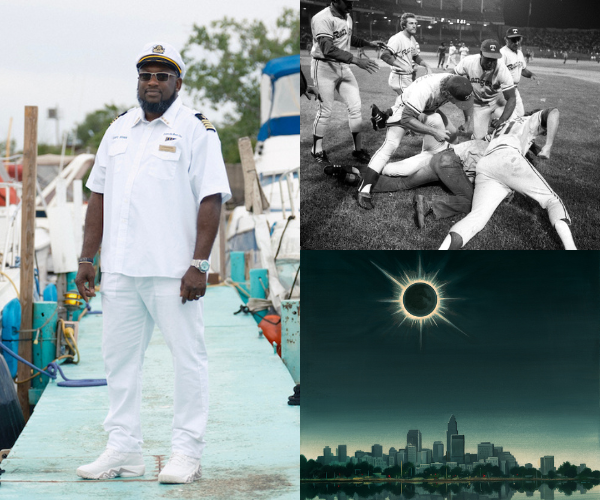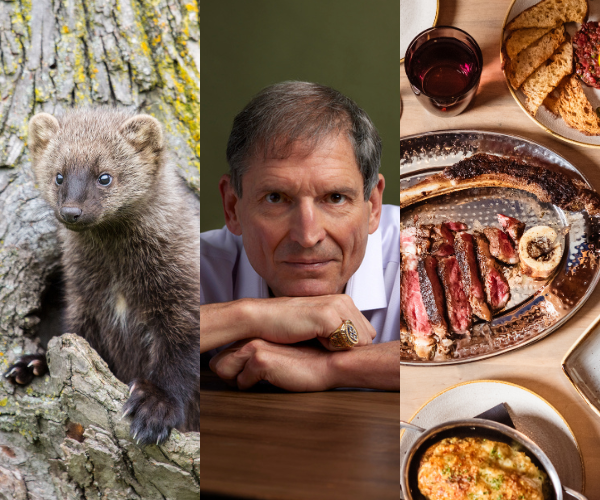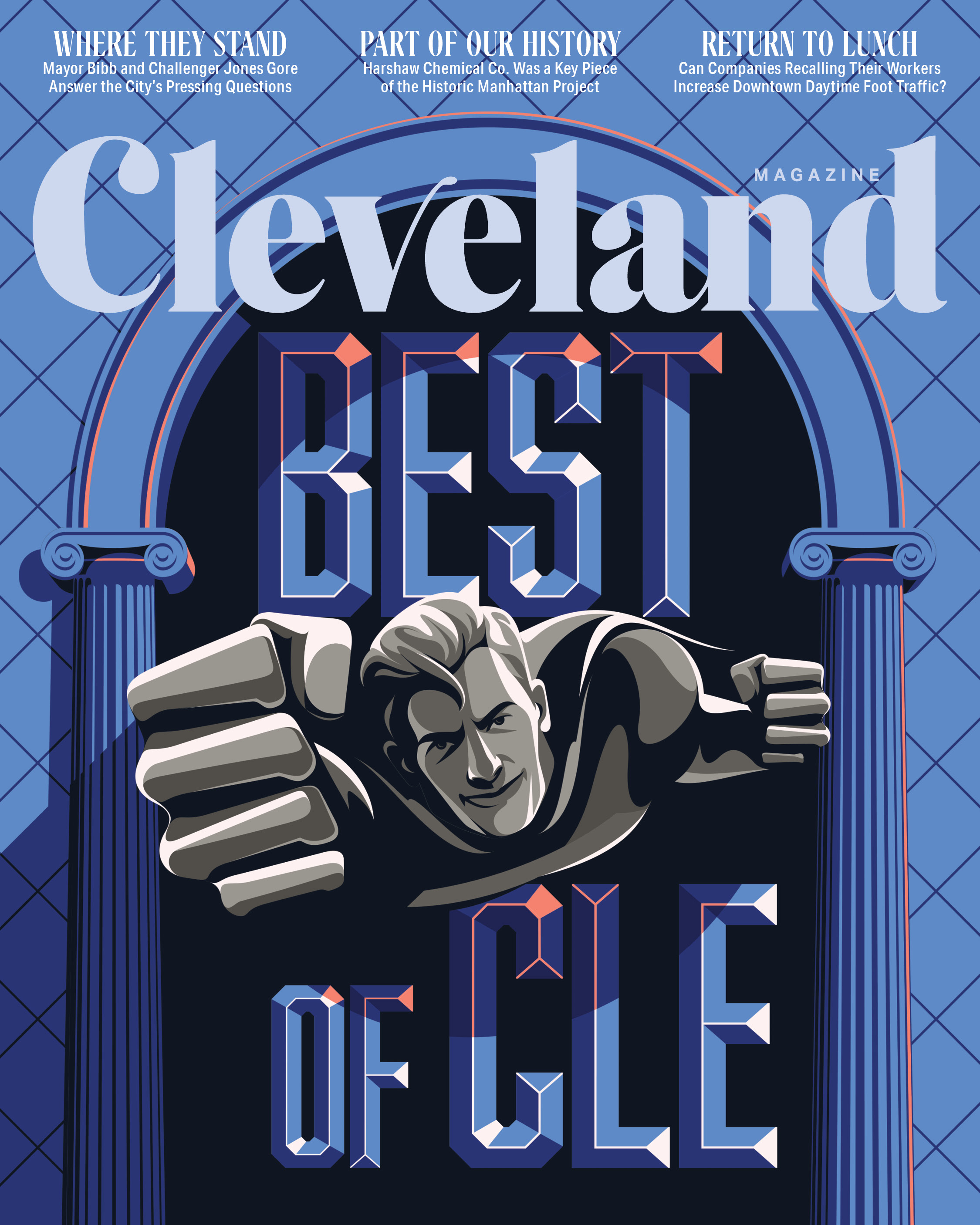A Two-toned World Blurs
by Afi-Odelia E. Scruggs | Jul. 16, 2007 | 4:00 AM
You could not stand in the middle. You had to choose. And people did. My uncle Leroy came from the Philippines, and he was discernibly brown-skinned. So no one was surprised when my aunt Irene brought him home. He was brown like us. He stood with us.
We didn’t shake our heads over his children, either. Their mother, his first wife, was a Negro, and they had Negro blood. We envied the girls’ long, flowing hair, but their racial identity was unquestioned. They were brown and that meant only one thing. They were black — like me.
When I look over the paragraphs I’ve just written, I’m struck by the words I’ve just used to describe my race: colored, Negro, black. The only one that’s missing is African-American. That shows how notions of race have changed in my lifetime. In the 21st century, ancestry matters as much as color — or even more. The sharp lines that divided us are now smudged, so that we meet but don’t always blend.
And that is what I, a colored, Negro, black, African-American woman, contemplate while sitting in a restaurant run by a family of Palestinians. I have crossed another divide — the river that separates Cleveland geographically and demographically — to relax on a Tuesday afternoon.
The racial guideposts that once directed me don’t exist anymore, and sometimes, I’m not sure where things are going, or how I fit in.
I do know it’s not the world my parents could have conceived. I’ve witnessed the end of that world, and the beginning of another.
Although I hail from Tennessee, I was actually born in New York. My father was in the Navy, which meant a move every two years. My youngest sibling was born in San Diego. I started school in Detroit. When my father was sent to Virginia — where whites closed public schools rather than integrate — my mother moved the family to Nashville, my parents’ hometown.
I arrived in 1961, when I was 7, just as the sit-ins and boycotts turned the city into a strategic center for the nascent civil-rights movement. I didn’t grow up with segregation, but I remember “colored only” and “white only” signs. Nashville was progressive enough that I didn’t have to sit at the back of the city bus, but when I went to the downtown movies, I sat in the colored section upstairs.
When freedom came, we exchanged one burden for another: We became representatives of the race. Before our Sunday trips to a formerly all-white cafeteria, my mother and grandmother laid down the rules: Sit up straight when you eat; no elbows on the table; no hijinks; chew with your mouth closed. Show that Negroes were worthy of the right to sit in a room with white people and eat chicken, sweet potatoes and macaroni and cheese. Sip your tea, don’t gulp it. Don’t shout. Keep your voice low. Say “please” and “thank you.”
I added a ritual of my own. I always prayed that some white person wouldn’t anger my mother. “Dear Lord, don’t let a white person move because we’re sitting too close. Please don’t let Mama get mad and do something, like make us move closer every time the white person moves. Please God, let us enjoy our dinner without listening for a muttered insult.”
Over time, my prayers were answered. Dining out became just another way to grab a meal. Yet sometimes I still look up from a menu and marvel at the miracle of a mundane trip to a restaurant. Usually that awareness settles over me during quiet times, like this trip to the Sahara.
The restaurant is in a can’t-miss location, the corner of West 125th and Lorain. The bright red awning is guaranteed to catch your eye. When I was younger, I would have tallied the costs of daring to sit in a place like this: a non-soul food restaurant on the non-black side of town.
The restaurant captures the essence of Cleveland’s ethnic pastiche, from the fact that Lebanese fare is cooked by Palestinians to its location two blocks west of Mi Pueblo Taqueria, a Mexican eatery, and six blocks east of Phnom Penh, a Cambodian eatery.
A stroll down Lorain Avenue reveals the new America: a place where the red-white-and-blue-blooded American is as likely to be brown or yellow as black, white or red. In this new land, the old white ethnicities are giving way to new ones: Albanians, Bosnians or Arabs who have come to Cleveland in the last 10 years.
I don’t have to cross the river to witness this transformation. All I have to do is stop for chicken wings at the Valero gas station on East 79th and Chester. Or order a fish dinner from Omar’s Seafood and Grill on East 125th and St. Clair. Or run into any quick stop store on Cleveland’s East Side.
Most of these establishments are run by folks many East Siders call “A-rabs.” The distinctions between Palestinians, Lebanese and Jordanians don’t matter to many people on my side of town. The store owners are classified by ethnicity, not nationality. They don’t live in our neighborhoods, but they are as much a part of daily life as the tenacious homeowners who moved into their homes in the wake of the white people’s rush to the suburbs. They sell us food, liquor and cigarettes. They provide the ATMs when we want fast cash. We support their livelihoods, and indirectly, provide the money they send to relatives back home.
In fact, the Arab business owners are the latest manifestation of a trend I’ve seen in black neighborhoods since the ’80s. In Virginia, where I lived then, the fledgling entrepreneurs were all Korean. By the time I moved to Dayton in the ’90s, the Koreans had left and Arabs stood behind the counters. The latest decade brought another development: the African women who have established braiding salons in black neighborhoods all over the nation.
We need these immigrants, and they need us.
These immigrants created gradations my parents couldn’t have foreseen. They didn’t distinguish among white ethnicities, because Southern whites were overwhelmingly Scotch-Irish and Protestant. My elders would have never imagined a time when we talked about different kinds of black folks: Africans, Afro-Hispanics and Caribbeans.
And what would they say about a man I once met at a deli on West 25th Street? He had deep chocolate skin, like mine, and tightly curled hair, like mine — but he was from Yemen, not Tennessee.
No, they could not have envisioned the varieties of shades that the Americans now display. Theirs was an either-or situation: the presence of color or the absence of it; a black world or a white one.
Ironically, that dichotomy is perhaps the one thing they share with Alaa Salameh, the young woman whose family owns Sahara.
Alaa, her mother and two sisters run the restaurant. A brother still lives in Jordan, where the family emigrated from. Their father has died. They are, Alaa told me, originally from Bethlehem on the West Bank. When they got here, their knowledge of America could have fit into the palm of her hand: New York was the destination. Americans were white or African-American.
They would fit in somewhere. The specifics didn’t matter much. “We wanted to have a better life,” Alaa explains.
Theirs would be the classic immigrant tale of arriving and striving, except for one twist: The family arrived Oct. 30, 2001. Instead of standing on one side or another — like my parents — the Salamehs found themselves facing a situation they hadn’t expected: a hardening of attitudes toward Muslims in general and Arabs in particular. They had witnessed the end of one life and the beginning of another.
They came to Ohio on a relative’s advice. Once here, Alaa had another shock.
“I was surprised at seeing so many Arabic people and stores,” she says, shaking her head at the memory. She hadn’t known about Italians or Hispanics, even though she’s often mistaken for one or the other because she has dark brown hair and an olive complexion.
“I am 100 percent Arabic,” she says proudly. She knows what that means, but she can’t tell you where she belongs.
“I don’t call myself American or Americanized, but I don’t know where my home is. It’s either between here or Jordan,” Alaa says.
Not quite, I think as I sip my Pepsi. You’re standing in the middle, with me.
Trending
-
1
-
2
-
3
-
4
-
5










